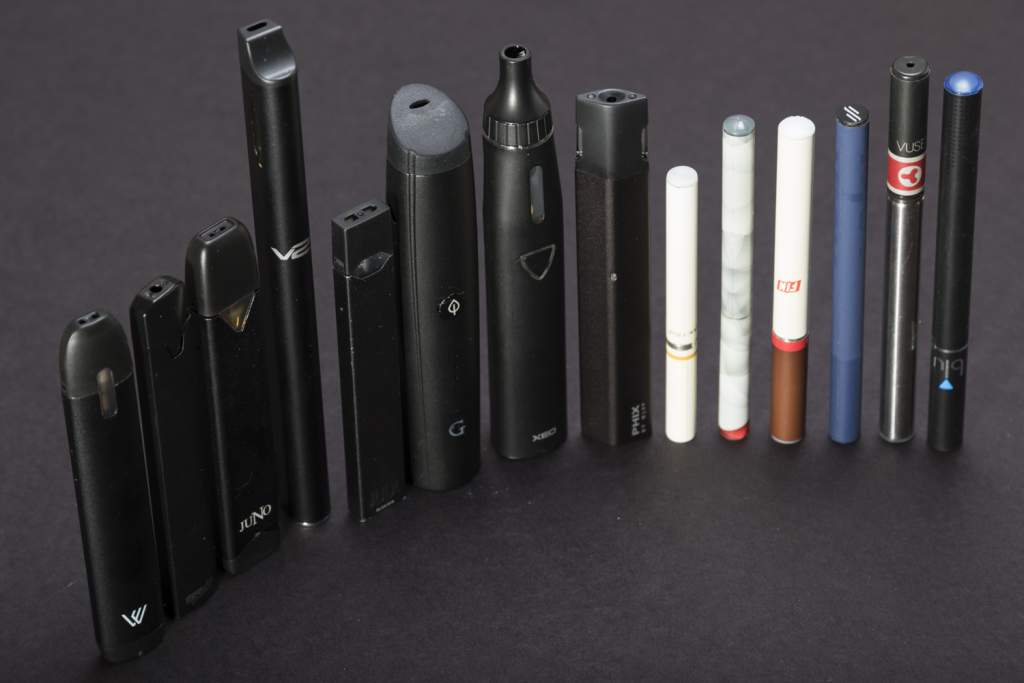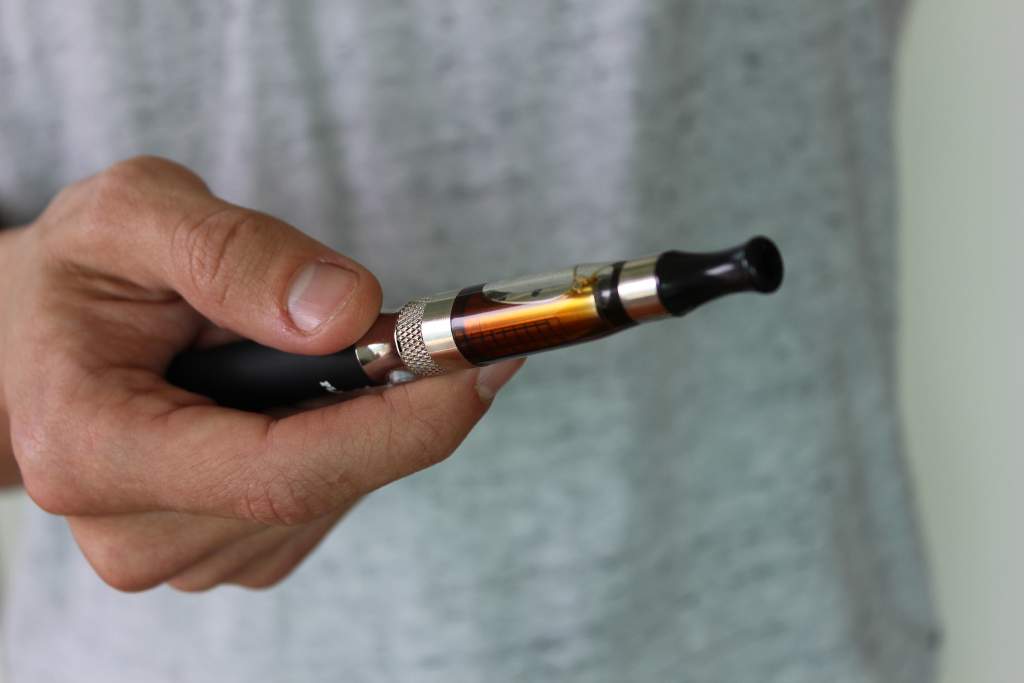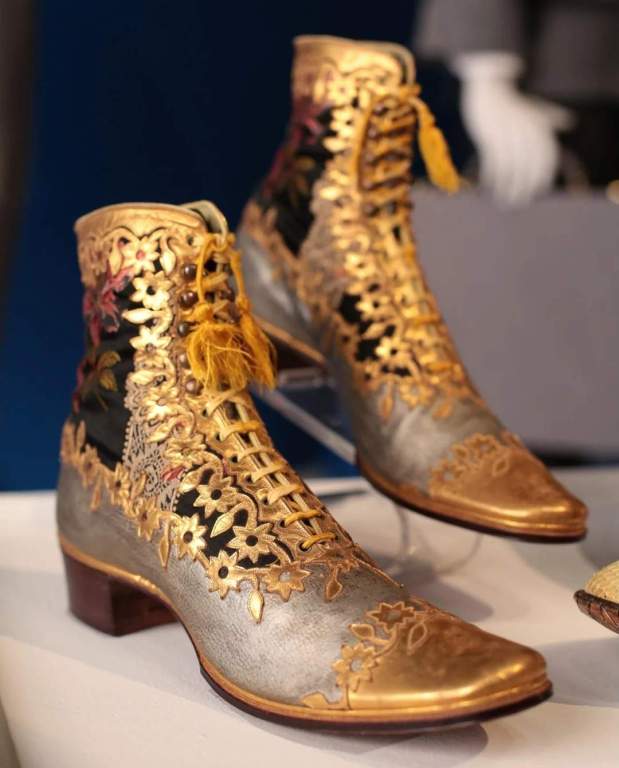Page Contents
By Oliver Norman, Content Marketing Manager at EDGE Vaping
For most people, vaping probably seems like a very new phenomenon. In only a few years, we have gone from zero to 100, with vaping now appearing everywhere we look. The truth is, while vaping has been at its fastest growth in recent years, it’s actually been around for a lot longer.
Would you believe the very first design for an ‘e-cigarette’ was patented in the 1920s? Only for it to be shelved until much later in history. Ever heard of the ‘Father of Vaping?’ That’s a whole other story! If you’re curious about where it all began, and how it got to the stage we are at today, the UK’s number one vaping brand EDGE Vaping has pulled together the short version for you!
Where it all began
Over 200 years ago, as early as 1798, contemporary healthcare professionals in the Americas were raising the issues around smoking and health. Dr. Benjamin Rush was one of the loudest voices. He compiled essays detailing the collected experiences of a number of different users of tobacco, be it chewed, snuffed, or smoked in a pipe or cigar. In these essays, he attempts to rationalize the symptoms the patients are experiencing by highlighting the link to their tobacco use.

A vaping device was first conceptualized as early as 1927 when a patent was officially filed by Joseph Robinson for one of the first vape-style devices ever conceived. It is common knowledge at this point in history that smoking cigarettes comes part and parcel with a wide range of negative health impacts, with most people understanding that these dangers were only made publicly apparent with the development of more advanced technology and healthcare practices.
In considering the pernicious effects of tobacco, I shall begin agreeably to the order I have laid down, by taking notice of its influence upon health; and here I shall mention its effects not only upon the body but upon the mind.
-
It impairs the appetite.
-
I once lost a young man 17 years of age, of pulmonary consumption, whose disorder was brought on by the intemperate use of cigars.
-
It produces many of those diseases which are supposed to be seated in the nerves.
-
A citizen of Philadelphia lost all his teeth by drawing the hot smoke of Tobacco into his mouth by means of a short pipe, and I have been informed of cancer on the lip, which terminated fatally from the same cause.
-
Tobacco when used in the form of snuff seldom fails of impairing the voice by obstructing the nose. It moreover imparts to the complexion a disagreeable dusky color.
Excerpt from: Essays of Dr. Benjamin Rush, 1798.
Despite the severe technological and scientific restrictions of the age, and discounting the fact that in reality some of Rush’s observations were likely somewhat inaccurate when compared to modern rationalizations, it is still astounding to think that the same health issues related to smoking were being raised in 1798 as they are now in 2022.
From cancer to skin aging and even a “pack-a-day-voice”, there were clearly reasons driving those that recognized the value of an alternative method of nicotine consumption that might bypass these terrible side effects; it would only be a matter of time before new technology and ways of thinking gave rise to the first e-cigarette concept.
The concept patent was filed in 1927 and granted in 1930 to inventor Joseph Robinson, who intended this new device to be used for the inhalation of vapours and medical compounds without the risk of being burned. Despite its innovation for the age and the dramatic pace at which vaping would later rise to popularity, society was not yet broadly aware enough of the dangers of traditional smoking, and the potential benefits of exploring new options. As a result, Robinson’s concept never became a commercialized reality, and the patent expired, passing into relative obscurity by 1947.
The swinging 60s
Despite the health concerns highlighted by doctors almost 100 years earlier, only by the mid-point of the 20th century were people beginning to change their attitudes towards smoking. A record 523 billion cigarettes were consumed by US citizens in 1963, the same year humble scrap metal dealer Herbert A. Gilbert invented the next generation of what we would call an e-cigarette.
This device was an aluminum cylinder he called ‘the smokeless’. It was created only one year before the US Surgeon General of the time would publish a landmark “Smoking and Health” report. The report officially linked cigarettes to lung cancer and other diseases in a capacity that the public would take seriously.
Gilbert’s design patent was filed in 1963 and approved in 1965; unlike Robinson’s Promethean attempt, working prototypes of the smokeless were actually created. Gilbert’s “smokeless” was far closer to modern examples of vaping tech. It contained a liquid that was warmed by battery power, creating a vapor that could then be inhaled.
Gilbert promoted the device as an alternative that could help to prevent diseases from tobacco use and even assist with weight loss – the latter still being a common question regarding vaping products today. While not quite as inventive as a modern vape juice, Gilbert developed 10 individual flavors for the liquid, including cinnamon, mint, and rum.
Sadly, once again this innovation came before its time. The vaping industry would go on to become a multi-billion giant; however, Gilbert never made a penny from his patent. Being unable to find any commercial investors willing to mass-manufacture the device, the patent expired in 1982.
Gilbert would go on to live through vaping’s subsequent rise to success, including seeing his contemporaries cite his original design as a source of inspiration for the modern versions we know today. In a great display of altruism, rather than show bitterness at his lack of official recognition, he is recorded to instead be pleased to have contributed anything to a cause that has allowed people to quit smoking: “The only substantial thing I received was the satisfaction of saving millions of lives”
‘Vape’ enters the English language
The late 1970s and early 80s saw the rise and fall of one of the next most significant attempts at creating a nicotine alternative to date, while once again this innovation would be short-lived, this was the pivotal point in history that saw the term “vape” enter into language.
Inventor Phillip Ray was an early pioneer in the field of computing fathering the microprocessor and even managing the Apollo space program. Despite his genius, he was a heavy smoker. Around 35 years ago, he and his then equivalent of a GP, Dr. Jacobson, brought what would become known as the “Favor” from concept to commercialized reality, having first wondered if it was possible to simply inhale pure nicotine to satisfy cravings.
The pair carried out a lot of research to determine that the other ingredients of a cigarette (all those nasty chemicals) were the cause of the majority of the health concerns associated with smoking, especially due to the burning of the leaf, with nicotine actually being the least harmful, aside from its highly addictive properties as an opioid. The results of their findings were published in scientific journals at the time and received recognition, leading to support for the development of their new alternative device.
Unlike modern e-cigarettes, the Favor consisted of a plastic tube containing paper soaked in pure liquid nicotine, which upon inhaling through the device, would give the user a dose of nicotine without heating or burning and without the presence of any ingredients beyond pure nicotine itself, even being designed to look and feel like a cigarette in your hands, much like today’s cartomizer vaping products.
Forming the company Advanced Tobacco Products INC, the pair saw to the commercial production of the Favor device, everything was set for this innovation to take the world by storm. That was until the device’s failings began to hamper progress rapidly. A primary issue with the Favor lay in the properties of pure nicotine – in its liquid form, as they were using it, nicotine evaporated quickly. When it evaporates, it converts into a new substance via a chemical reaction.
The resulting metabolite, cotinine, is very bitter in taste leading the Favor to have a dramatically reduced shelf-life and reducing its appeal as a consumer product. The final nail in the coffin came in the form of an outright ban by the US FDA, which found the device to be considered a drug due to its pure nicotine content.
Owing to the public interest in the development of the Favor, the creators inadvertently caused the term “vaping” to enter into the language. Having coined it during development to describe the act of using the Favor, the creators used this term in numerous public settings from TV interviews to newspapers, cementing its place in common speech, despite the ultimate failure of their venture.






